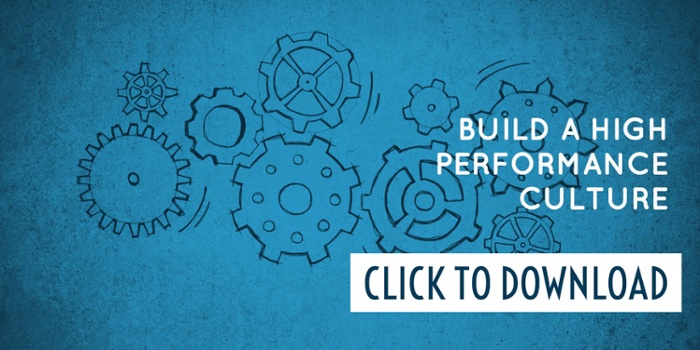Don’t get me wrong…I like boobs. I feel fortunate to have a healthy pair that, like many women, helped nourish my child through the first months of his life. I also know many peoples lives have been changed by boot camps and biggest loser competitions. So I don’t mean to suggest these things are inherently bad. As with many popular ideas, they are a bit of a double-edged sword.
First, they focus our attention on extrinsic rewards by promising “insanely sexy bodies in 60 days”. You too can have boobs as perky as a teeny-bopper and abs like JLo - bodies that few people over the age of 35 will attain without a little help from their local plastic surgeon. They also suggest exercise can be a “quick fix” and imply we need to do boot camp style exercise to achieve benefit. Today, I’ll focus on point #1 – the extrinsic vs. intrinsic motivation.
Let me start by saying “mea culpa”. Our company started out by promoting biggest loser competitions. Some of you may even have one of our brochures that says “Start a biggest loser competition at your workplace”. We, like many, envisioned this would be a nice way to get people engaged and excited about making a change in their health.
Our first competition was with a police department. They had come up with the idea of giving the winner a cash prize – each person in the competition put $20 in the pot, with first place taking home over a $1,000… a nice chunk of change for anyone. Seems like a great way to encourage participation, right? Yes in that over 150 officers participated in the competition annually (given their past experiences trying, this was considered "high engagement" at this organization). Several of the officers were so motivated to win the cash prize, that for months leading up to the competition they stopped their normal exercise routine and ate nothing but super sized Mickey-D’s and KFC to give themselves an “advantage” over their competitors.
These wise souls then exercised several hours per day and ate only lean protein for the 3 months of the competition and indeed won! They decreased their body fat by over 10% in 3 months! Wow! Or….not…. 4 months later when we returned for another measurement they were right back where they started, and in many cases worse. Not exactly the sustainable impact we were hoping to have.
We also see this lack of sustainability with other challenges or cash awards like a "shape-up challenge" or the “we’ll pay you to workout at your local gym” (my dad, for example, spromoted by many workplace wellness organizations and health insurance companies. So what’s happening here? Why don’t these extrinsic rewards stick
Well, perhaps not surprisingly, it turns out that change is more likely to be sustainable when it's connected to a deeper purpose. When there is a strong intrinsic reason for doing exercise, or what we call “for the sake of what”. When people can get really clear on a deeper why for staying active and taking care of their bodies and minds, then the change is more likely to stick.
For some it may be that they want to be able to play with their children or grandchildren. Others find that exercise keeps them in a more “stable” frame of mind (my family will attest it does that for me) and allows them to be more effective at work and at home. For others it might be so they can continue to climb mountains and ski long into their 80s and 90s. For some they simply don’t want to be a burden on family members as they age. Whatever the reason, it's more likely to stick if it's deeper than getting an insanely sexy body or a short-term cash reward (although those may be part of the reason – they’re not the raison d’etre).
Let me share a story with you that helps to illustrate the impact a shift of purpose can have. A woman (we’ll call her Jane) who recently went through one of our initial training programs was inspired to go home and start an exercise program. She smartly enlisted the support of a neighbor and they started walking together 4 mornings a week at 5am. I saw Jane about 4 weeks into her new routine and she was extremely frustrated and ready to give up her morning exercise because “the scale hasn’t moved even one pound!” Her frustration was magnified when she turned on the biggest loser TV show and saw that changes of over 20 pounds in one week were a common occurrence.
Before talking through the (realistic) physiologic adaptation to physical activity and other things (like nutrition, exercise intensity and frequency, etc.) that might help support weight change, I asked her one question: “have you noticed any other benefits of your new practice?”. Jane paused for a moment and looked at me and said “well…yes…I mean, I love connecting with my neighbor in the morning and I have more energy and am more productive at work... and I feel less stressed and am not yelling at my kids or my husband as much…” she trailed off then said… "so I guess you think I should keep doing this?”.
For some people, perky boobs and abs of steel may be the thing they’re striving for. For most of us, if we dig a little deeper, we quickly realize it’s really all about our relationships at work and at home, and how we show up for those we care most about. If we can get clear about that, and clear about what exercise can do to help us show up at our best in those relationships – then the choice is clear (not necessarily "easy" though). So grab a friend, get out there and, as we say at Activ8 “Train for Life.”


